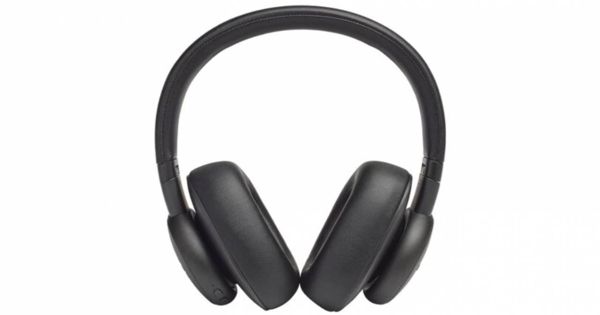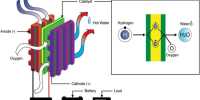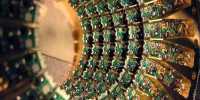The word noise cancelation can mislead since it refers to two distinct technologies. A noise-canceling headset will only help the caller until the 2000s. It has no direct impact on the header customer. It was integrated into the microphone which would reduce the background noise surrounding you, allowing the caller to hear you more clearly. Manufacturers say that up to 75% of the background noise can be minimized to your caller. Researchers at the Centre for Audio, Acoustics, and Sound at the University of Technology Sydney are researching technology for those who want a quieter existence! When considering headphones for noisy conditions, most business-grade headsets have noise cancelation incorporated into the amplifier. That makes callers understand you better, but it doesn’t make you hear better.
Reporting in the journal Science Papers (Nature Springer publication), the teams of Tong Xiao, Xiaojun Qiu, and Benjamin Halkon demonstrate the positive health and well-being impacts of their ‘virtual Active Noise Control/Cancellation (ANC) headset’ and their improved potential to suppress ambient noise.
Researchers from the Centre for Audio, Acoustics, and Vibration at the University of Technology Sydney are exploring technology for those wanting a quieter life!
Technically, any headset or earphone can have some form of passive noise reduction. That’s how certain sound signals are blocked by the fabrics of the headphones themselves. The noise reduction ranges between 15 and 20 decibels (dB). However, provided that jet engines produce 75 to 80 dB of noise inside the aircraft cockpit, passive versions have some significant drawbacks in some cases. This is where active noise-canceling headphones will make a big difference.
Advances in technologies and increased demand, with more people operating in a loud workplace and home environment, have now begun a development where noise-canceling headphones are attached separately to speakers. This allows the users of the headset to block out the background noise, helping them to concentrate more on their calls with less distraction. By incorporating high-frequency laser-based technologies into headrests, they remove the need for consumers to wear head/earphones or buds. So, in an open plan or home office, you can cancel a colleague’s chatter, ringing phones, a neighbour’s mower, a dog barking, and a kettle whistling while you’re working without the discomfort/discomfort of a pair of headphones…
And, in confined environments such as vehicles and aircraft, a simulated headset will greatly eliminate all the extraneous sounds that can invade the room, reduce disturbances, and make work/rest simpler. For machine operators and equipment operators, it offers a solution that eliminates the fatigue often induced by sealed wearable headphones.
“What we achieved for this ANC headrest/chair is that the ANC performance is significantly improved over the current state-of-the-art result. In particular, some high-pitched noise, previously difficult to cancel out, can now be reduced,” said Tong Xiao.
Attempts to deliver a practical ANC headset have been decades in progress.
The device mentioned is a remote acoustic solution using a Doppler Vibrometer (LDV) laser and a compact, lightweight, and retro-reflective membrane pickup in the cavum conch of the user’s ear. Usually, LDVs have an acute sensitivity with commercially available instruments capable of overcoming vibration displacements down to pm and speeds down to nm/s resolution. The membrane pick-up can be built to be compact and lightweight and to have a large dynamic range.
“The results show that more than 10 dB sound attenuation can be obtained for an ultra-broadband frequency range up to 6 kHz in the ears for multiple sound sources and for various types of common environmental noise,” said Xiao. “This virtual ANC headphone system has significantly better performance than any other virtual error sensing solution in the published literature thus far.”
















